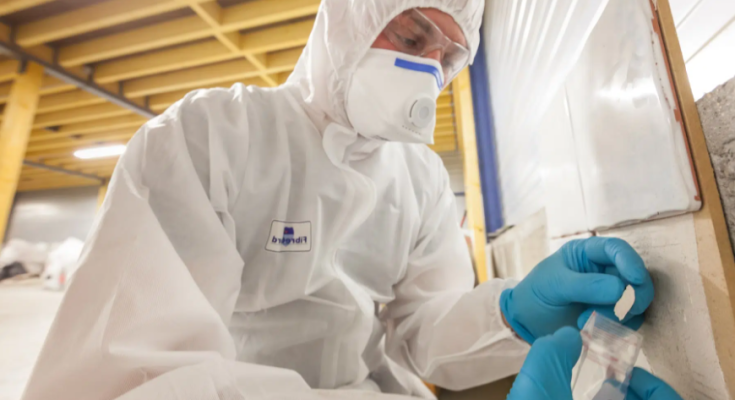Asbestos was once a popular material in construction due to its strength, durability, and resistance to heat. However, the discovery of its harmful effects on human health has made asbestos management a critical responsibility for property owners. Both residential and commercial buildings constructed before the year 2000 may contain asbestos in insulation, flooring, roofing, or wall materials. To ensure safety and compliance with regulations, an asbestos survey is carried out. Understanding the survey process helps landlords, homeowners, and businesses manage risks effectively.
Purpose of an Asbestos Survey
The main purpose of an asbestos survey is to identify asbestos-containing materials within a property and assess their condition. In residential settings, this prevents accidental exposure during renovations or repairs. For commercial sites, surveys are a legal requirement to safeguard employees, tenants, and visitors. The information gathered helps in creating a management plan to either monitor or safely remove asbestos before it becomes a hazard.
Initial Assessment and Planning
The process begins with an initial consultation where a qualified surveyor gathers details about the building, including its age, construction type, and any planned work. This step ensures the survey is tailored to the specific needs of the site. For residential properties, the focus may be on areas likely to be disturbed during renovations. For commercial sites, the survey often covers the entire building to ensure compliance with workplace health and safety regulations.
Types of Asbestos Surveys
There are two main types of asbestos surveys.
A management survey is designed to locate asbestos that could be encountered during normal occupation and routine maintenance. It is less intrusive and suitable for both residential and commercial buildings where no major refurbishment is planned.
A refurbishment and demolition survey is more detailed and invasive. It is required before any significant structural work begins. Surveyors may need to access behind walls, under floors, or into ceiling spaces to ensure all potential asbestos materials are identified. This type of survey is vital for ensuring that construction or demolition activities do not release harmful fibers into the air.
Survey Execution and Sampling
During the survey, the surveyor carefully inspects the property, identifying materials that are suspected of containing asbestos. Small samples are collected from these materials using safe methods that minimize disturbance. The samples are then securely sealed and sent to accredited laboratories for analysis.
In laboratories, advanced techniques such as polarized light microscopy or electron microscopy are used to confirm the presence and type of asbestos. The results indicate whether asbestos is present and provide essential details for risk assessment.
Survey Report and Findings
Once laboratory analysis is complete, a comprehensive report is prepared. This document outlines the location, type, and condition of any asbestos-containing materials found. It also includes recommendations for managing the materials, whether through safe monitoring, encapsulation, or removal.
For residential property owners, the report provides peace of mind and guidance before undertaking home improvements. For commercial property managers, the report is an essential record for compliance with legal obligations and workplace safety standards.
Managing Asbestos After the Survey
The survey itself does not remove asbestos but provides the foundation for safe management. If asbestos is in good condition and unlikely to be disturbed, it may be left in place and monitored regularly. However, if the material is damaged, deteriorating, or at risk of disturbance, removal by licensed professionals may be recommended.
Conclusion
The asbestos survey process is a structured and essential step in ensuring safety in both residential and commercial sites. By identifying asbestos-containing materials and assessing their condition, the survey provides clear guidance on managing risks effectively. From initial assessment to final reporting, the process ensures that property owners meet their responsibilities while protecting the health of occupants, workers, and visitors. Whether for routine management or before major renovations, an asbestos survey is an invaluable tool for creating safe living and working environments.

